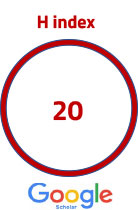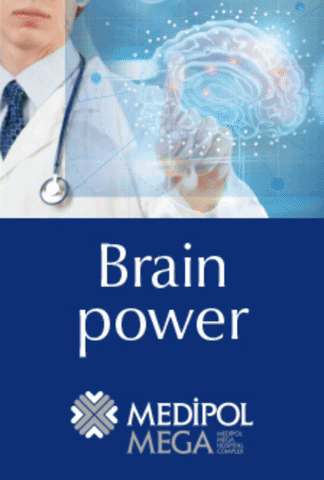| Acceptance rate | 46% |
|---|---|
| Time to first decision | 6 months* |
| Time to decision with review | 50 days* |
*Approximate number of days
**The days mentioned above are averages and do not indicate exact durations. The process may vary for each article.
ACTA Pharmaceutica Sciencia
2024 , Vol 62 , Num 3
Association between 25-hydroxy Vitamin D3 levels and thyroiditis staged by using ultrasonography
1 Istanbul Medipol University, School of Medicine, Department of Medical Biochemistry, Istanbul, Türkiye2 Istanbul Medipol University, Health Sciences Institution, Istanbul, Türkiye
3 Istanbul Medipol University, School of Medicine, Department of Radiology, Istanbul, Türkiye
DOI : 10.23893/1307-2080.APS6233 Viewed : 2690 - Downloaded : 444 Vitamin D deficiency has been linked to a higher prevalence of thyroid gland impairment. The association between 25-hydroxy Vitamin D3 concentrations and sonographic changes of thyroiditis was investigated. A total of 55 patients were divided into 3 groups according to the thyroid ultrasonography (US) findings: Group 1: control cases (n=17); Group 2: intermediate (early) cases (n=14); and Group 3: active and late-stage thyroiditis cases (n=24). Serum 25-hydroxy Vitamin D concentrations, thyroid hormones (free T3, free T4, TSH) and antibody levels (TPO Ab, Tg Ab) were assessed in different stages of thyroiditis. The Vitamin D concentrations of Group 1 (28.54 ± 20.43 ng/dL) were significantly higher than those of Group 2 (14.48 ± 5.87 ng/mL) and Group 3 (14.3 ± 9.2 ng/dL) (p=0.025 and p=0.004, respectively). Tg Ab and TPO Ab significantly increased in Group 3 compared to Groups 1 and 2 (p<0.001, p<0.001, respectively). 25-hydroxy Vitamin D3 deficiency was associated with thyroid gland morphological changes detected by ultrasonography. Keywords : 25-OH Vitamin D3, autoimmune thyroiditis, anti-Tg, anti-TPO, sonography





